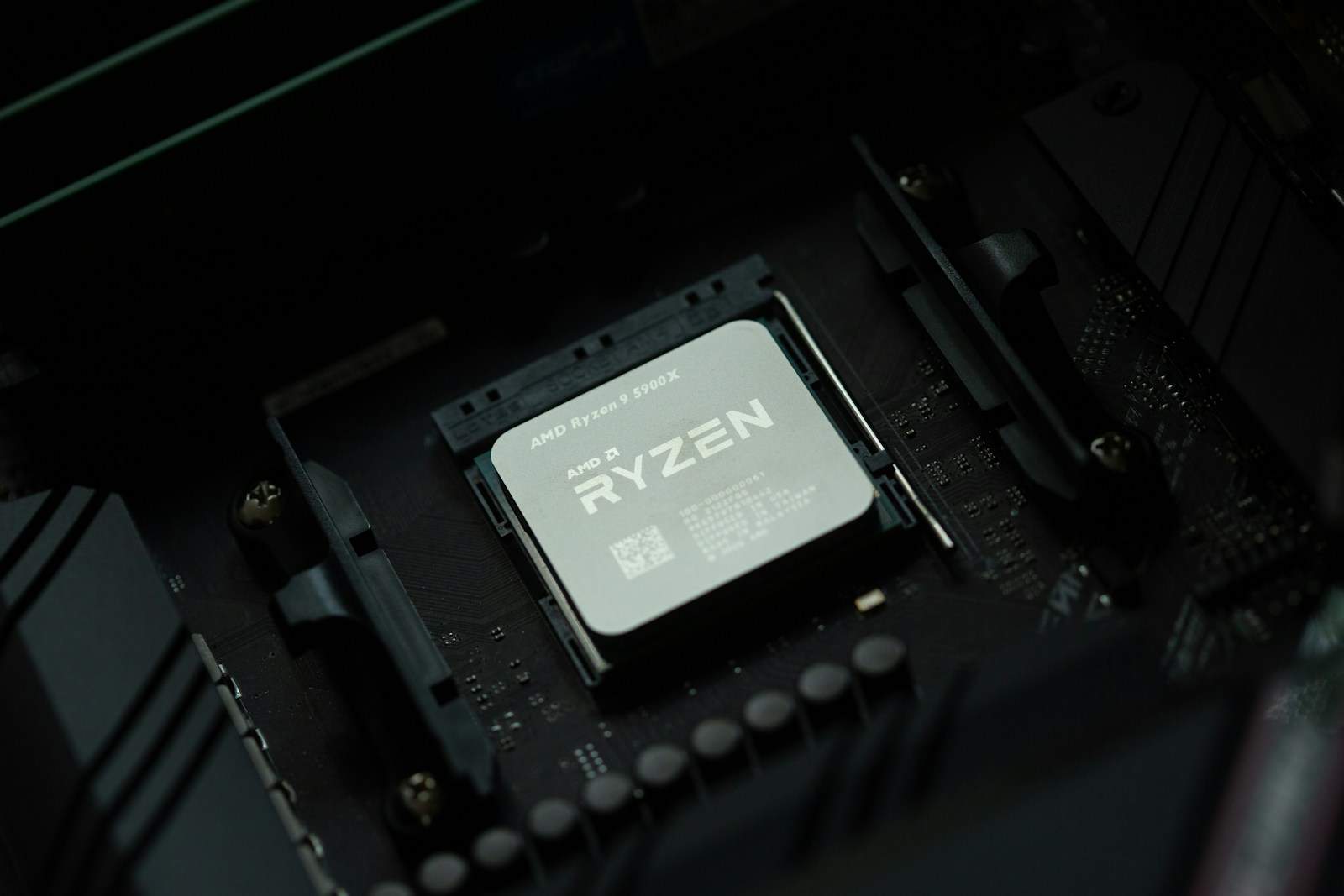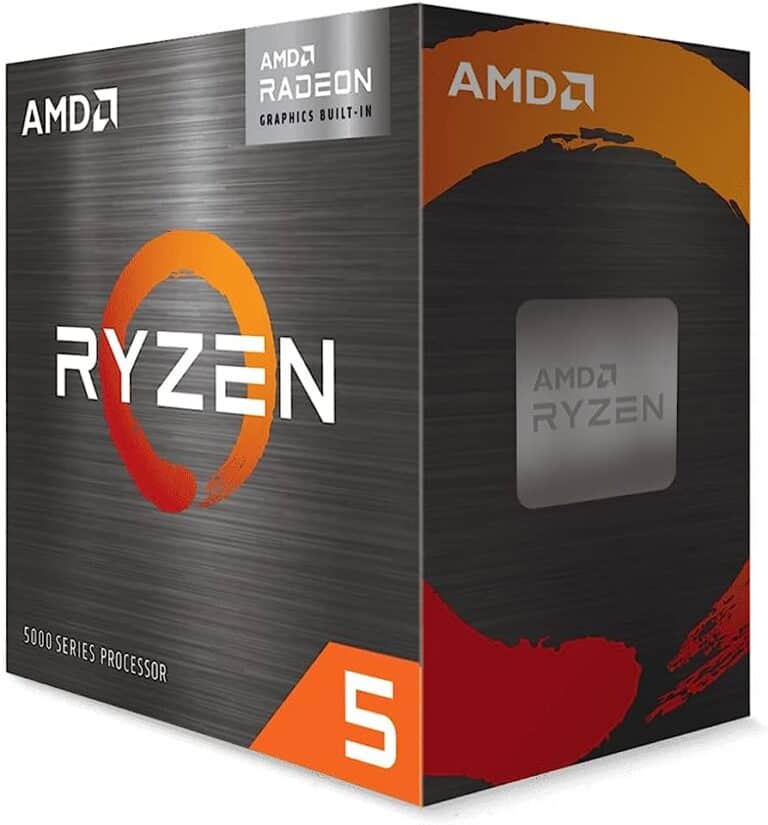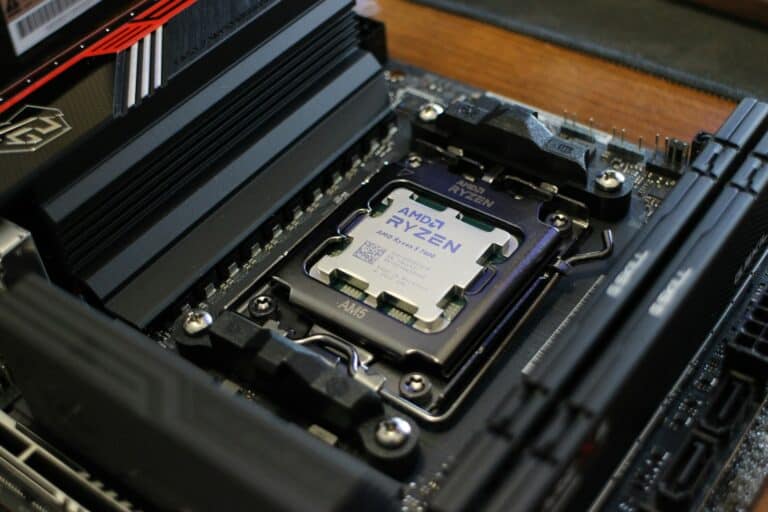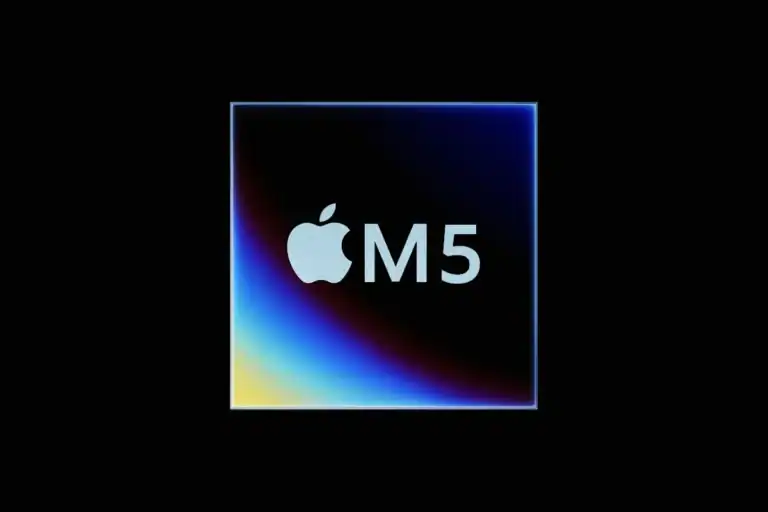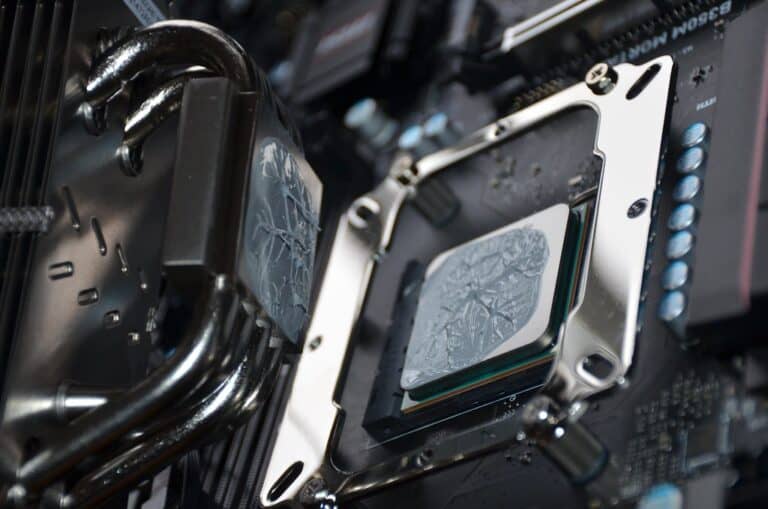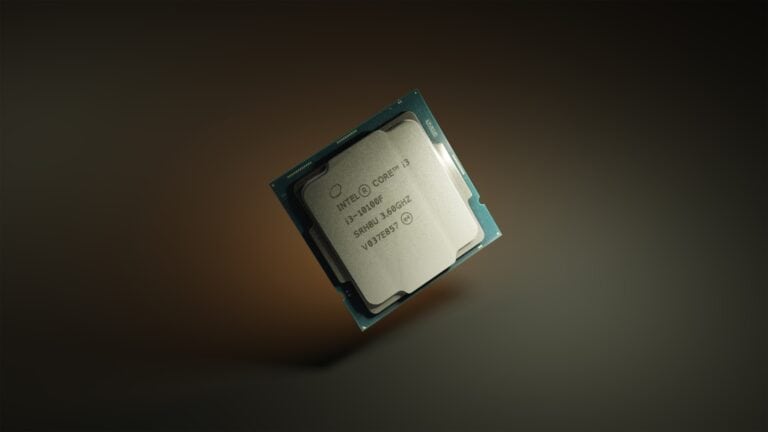Computer chips, also known as microprocessors, are the brains of modern computing devices. Since their invention in the early 1970s, they have evolved through multiple generations, each bringing significant advancements in speed, architecture, power efficiency, and functionality. Below is a detailed overview of all major generations of computer chips — from the earliest microprocessors to today’s cutting-edge multi-core and AI-driven processors.
🧩 1. First Generation (1971–1972): The Birth of the Microprocessor
The first generation of computer chips marked the beginning of microprocessor technology. These processors were 4-bit and primarily used pMOS technology.
Key Features:
- 4-bit architecture
- Simple instruction sets
- Limited performance (few thousand instructions per second)
Notable Examples:
- Intel 4004 (1971) – The world’s first commercial microprocessor
- Rockwell PPS-4
- Intel 8008 (1972)
These chips were mainly used in calculators and simple control systems.
(Sources: Wikipedia, GeeksforGeeks)
⚙️ 2. Second Generation (1973–1978): The 8-bit Era
This generation introduced 8-bit microprocessors, which were faster and more capable of handling complex tasks. The shift from pMOS to nMOS technology improved performance and efficiency.
Key Features:
- 8-bit data bus
- Larger instruction sets
- Used in early personal computers and embedded systems
Notable Examples:
- Intel 8080
- Intel 8085
- Motorola 6800 / 6801
- Zilog Z80
This era laid the foundation for home computing and early arcade machines.
💻 3. Third Generation (1978–1982): The 16-bit Revolution
The third generation brought 16-bit processors, enabling faster computation and more memory addressing. These chips powered the first wave of professional and personal computers.
Key Features:
- 16-bit architecture
- Support for multitasking and more complex software
- Introduction of pipelining and better instruction sets
Notable Examples:
- Intel 8086 (basis for x86 architecture)
- Intel 8088 (used in the IBM PC)
- Motorola 68000
This generation firmly established the architecture that still influences modern CPUs.
🚀 4. Fourth Generation (1982–1990): The 32-bit Microprocessors
With 32-bit processing, computers gained significant performance boosts and began supporting graphical interfaces and advanced multitasking.
Key Features:
- 32-bit architecture
- Larger address space
- On-chip cache memory
- Used in early workstations and servers
Notable Examples:
- Intel 80386 (i386)
- Motorola 68020 / 68030
- AMD Am29000
This generation powered the rise of desktop computing and the early internet era.
⚡ 5. Fifth Generation (1990–2000): The Rise of Superscalar and 64-bit Designs
The fifth generation introduced superscalar architectures (multiple instructions per clock cycle) and early 64-bit processors. Power efficiency and clock speeds improved dramatically.
Key Features:
- Superscalar execution
- On-chip floating-point units (FPUs)
- Early 64-bit processing
- Introduction of RISC (Reduced Instruction Set Computing)
Notable Examples:
- Intel Pentium series
- AMD K5 / K6
- PowerPC 601 / 604
- DEC Alpha (64-bit)
This period also saw the birth of mobile processors and embedded computing.
🧠 6. Sixth Generation (2000–2010): Multi-Core and Mobile Processors
The sixth generation marked a major shift with multi-core processors and mobile optimization. Dual-core and quad-core designs became mainstream.
Key Features:
- Multi-core CPUs (2–8 cores)
- 64-bit mainstream computing
- Enhanced power management
- Integration of graphics (on-chip GPUs)
Notable Examples:
- Intel Core (Duo, i3, i5, i7)
- AMD Athlon 64 / Phenom
- ARM Cortex-A series
This generation powered the smartphone revolution and high-performance laptops.
🌐 7. Seventh Generation (2010–2020): Advanced Multi-Core and AI Acceleration
Modern processors evolved into highly parallel, power-efficient chips capable of handling AI workloads and massive data processing.
Key Features:
- 10nm and smaller fabrication nodes
- Integrated AI and machine learning accelerators
- Hyper-threading and turbo boost technologies
- Enhanced GPU integration
Notable Examples:
- Intel Core (8th–10th Gen)
- AMD Ryzen (Zen 1–3)
- Apple A-series (A10–A13)
- ARM Cortex-A75/A76
🤖 8. Eighth Generation (2020–Present): AI-Driven, Hybrid, and Quantum-Ready Chips
The latest generation of computer chips focuses on AI processing, energy efficiency, and heterogeneous computing — combining CPU, GPU, and NPU (Neural Processing Unit) cores.
Key Features:
- Hybrid architectures (Performance + Efficiency cores)
- 3D chip stacking and advanced packaging
- Integrated AI accelerators
- Quantum and neuromorphic research underway
Notable Examples:
- Intel Alder Lake, Raptor Lake, and Lunar Lake
- AMD Ryzen 7000 (Zen 4 / Zen 5)
- Apple M1, M2, M3 series
- NVIDIA Grace Hopper Superchip
- ARM Cortex-X series
These chips power everything from laptops to servers and AI data centers.
🧬 The Future: Beyond Silicon
The future of computer chips lies in quantum computing, optical processors, and carbon nanotube transistors. Researchers are exploring post-silicon materials to overcome the physical limitations of Moore’s Law.
🏁 Conclusion
From the humble Intel 4004 to today’s AI-accelerated hybrid processors, computer chips have evolved through eight major generations — each redefining how humans interact with technology. As we move into the era of quantum and neuromorphic computing, the next generation of chips will not just compute — they will learn, adapt, and evolve alongside us.
Sources:

